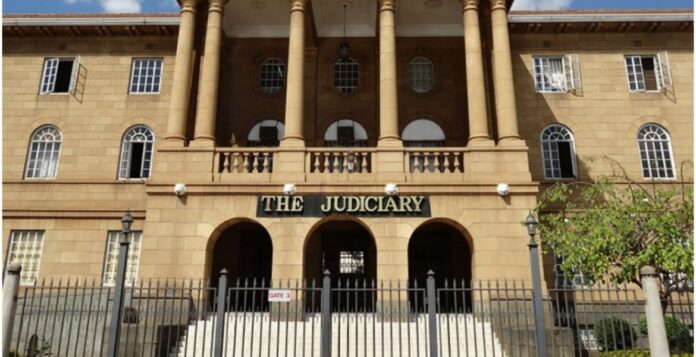By Kelly Were
In a significant legal development, the Kenyan government has been temporarily barred from implementing a controversial directive that suspended the registration of asylum seekers from Eritrea and Ethiopia.
The interim order, issued by the High Court in Nairobi, provides a crucial reprieve for refugees and a setback for the state’s policy, placing the matter under intense judicial scrutiny.
The ruling was delivered by Honourable Justice E.C. Mwita on October 2, 2025. This conservatory order effectively blocks the enforcement of the government’s directive until October 22, 2025, when the court will hold a pivotal hearing.
The legal challenge was initiated by a coalition of advocacy groups, including Refugee Legal Networks and the Refugee Consortium of Kenya, who filed a petition against the state.
The named respondents in the case are the Commissioner of Refugee Affairs and the Cabinet Secretary for the Interior and Coordination of National Government, the officials responsible for enacting the contested decision.
The court’s intervention targets a specific government directive issued on July 31, 2025, which had officially halted the asylum registration process for nationals of Eritrea and Ethiopia.
In his rationale for the order, Justice Mwita emphasized the “urgency of this matter and the likely effects of the impugned decision,” indicating that the potential consequences of the ban demanded immediate judicial oversight while the court thoroughly considers the full application.
This legal terminology, “impugned decision,” directly references the government’s July 31st directive, which is now being challenged on its constitutionality.
Practically, the court’s order suspends the implementation of the ban, creating a window during which the registration of asylum seekers from the two East African nations could potentially resume.
This is not a final verdict on the legality of the government’s action but an interim measure designed to maintain the status quo.
The primary purpose is to prevent any potential harm that could befall asylum seekers as a direct result of the directive while the court deliberates on the underlying constitutional arguments presented in the petition.
To enforce compliance, the court order contains a penal notice, serving as a formal warning that any disobedience by the respondents could lead to legal penalties.
The legal process is now advancing on a strict, court-mandated schedule. The petitioners have been directed to compile and serve their written arguments, confined to a maximum of five pages, within seven days of the October 2nd ruling.
Upon receiving these submissions, the government respondents are granted a subsequent seven-day period to file and serve their own rebuttals, which are also subject to the five-page limit.
This sets the stage for the next key event: a hearing scheduled for October 22, 2025, at 11:30 a.m.
This session will be conducted in open court and will feature the “highlighting of submissions,” a procedure where legal representatives from both sides will orally summarize their core arguments before the judge.
The outcome of this October 22nd hearing is highly anticipated, as it will determine the immediate future of the legal battle and the fate of the asylum seekers it affects.
It will guide the court’s subsequent steps as it moves toward a final judgment on the substantive issues.
The case, which is being heard at the Milimani Law Courts, touches upon fundamental questions regarding the rights of those seeking refuge and the procedural boundaries of governmental authority in Kenya.
The court’s final resolution will have profound implications for refugee policy and constitutional governance in the country.



















